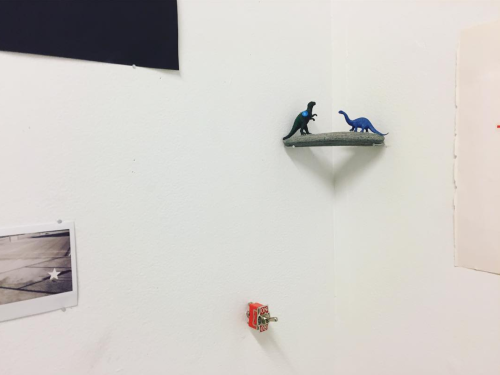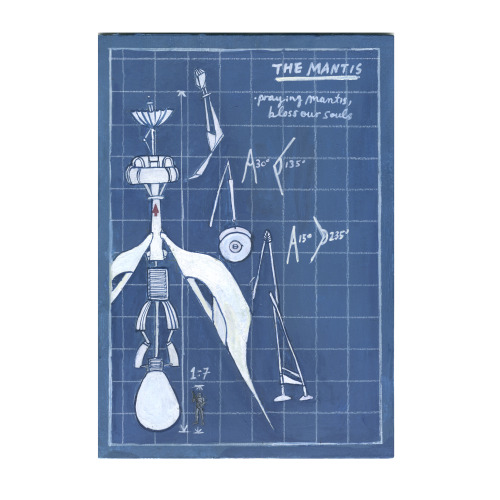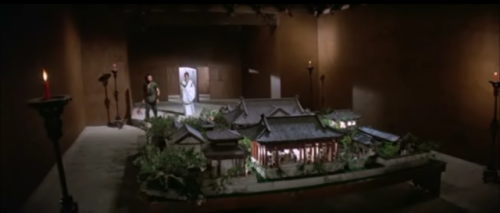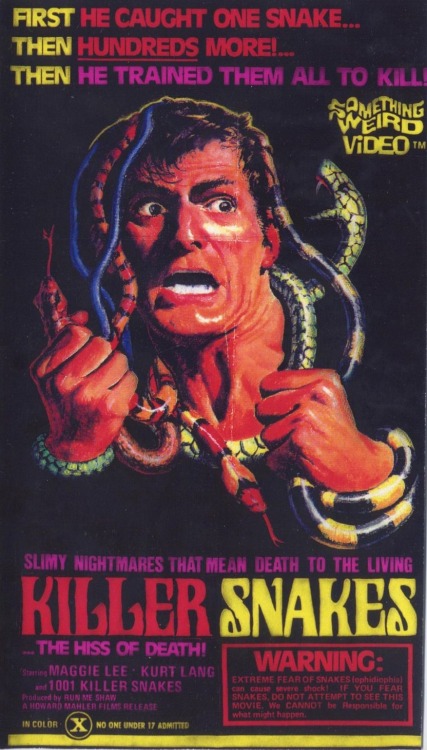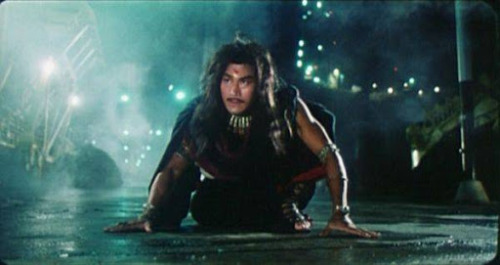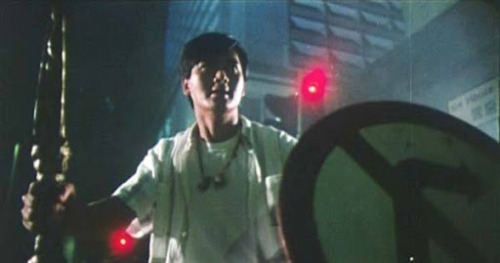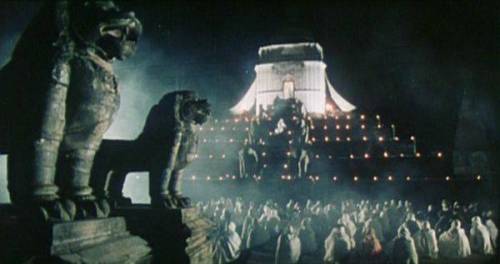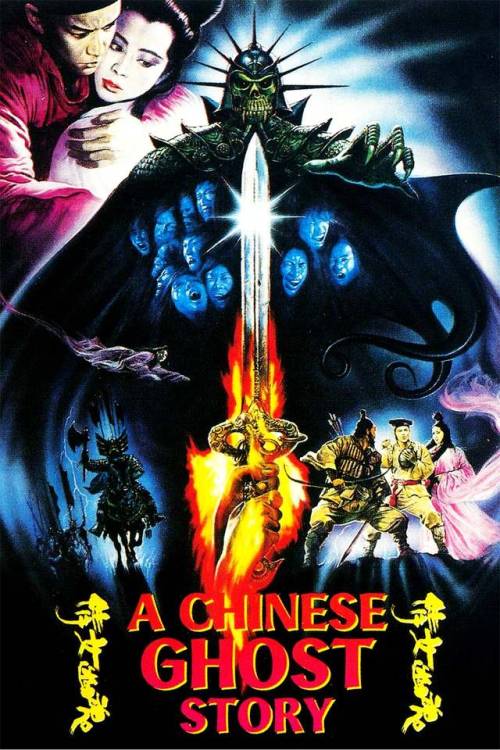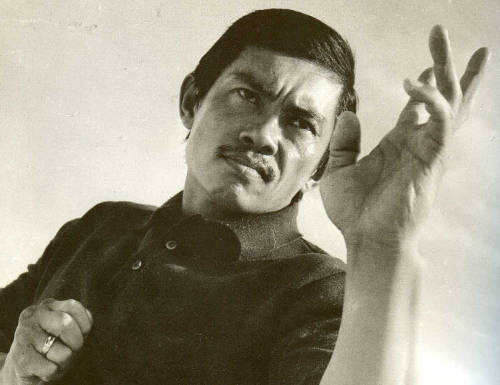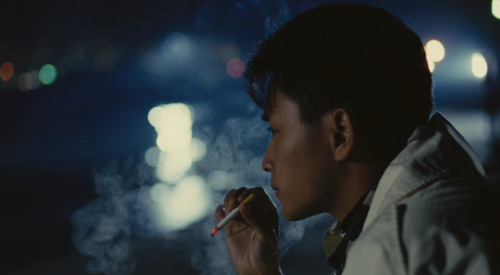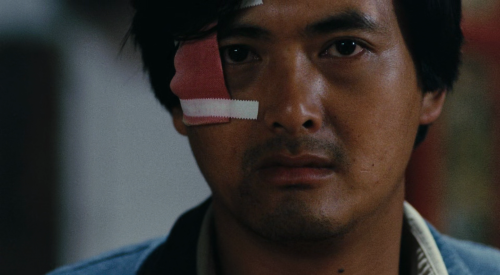#hong kong
Let’s Drift in Time
2016
Found objects, oil, pastel, stickers on canvas
“I see you, and that’s it. I will see you somewhere, some time, some day. I don’t know, I can’t promise, but we’d see.”
Post link
The Mantis, a mechanic insect I made for my illustration project
I took inspirations from General Grievous! (sorry that im such a nerd, haha!)
Post link
i finally understand how being alone in another country is so hard… when you cry but you cant vent to anyone cuz your friends are asleep already
trying to have fun in freshers fair but with everything going on in hk… i just felt guilty for trying to have fun…
“Swordsman and Enchantress” (1978) starts off as a pretty typical 70s Ti Lung swordplay historical movie, until it getsinsane in the last third of the film.
Ti Lung plays a beardy drunk drifter, kind of a Kung Fu Zap Rowesdower, who saves the life of another man’s wife. The other man, a Kung Fu and swordplay expert, assumes the drifter is in love with his wife, a charge that’s hard to refute because…well…it’s true…Ti Lung is in love with her.
What makes this movie noteworthy enough to stand out from the pack of historical swordplay Hong Kong movies with a tragic ending is how insane it gets in the last third of the film, out of absolutely nowhere. In the last third of the film, the heroes shrink down to enter a village of living puppets, where they can never escape because they are 6 inches tall. The finale has a twist I won’t spoil here but that elevates this material.
Post link
RIP to Chen Sing (1936-2019), called the Charles Bronson of Asia, a man closely identified with the Hong Kong cinema of the 1970s and 1980s. He was an omnipresent character actor and heavy who was the bad guy in a tremendous amount of the Kung Fu films prior to the pre-Tsui Hark ‘Golden Age.”
A friend told me Chen Sing died today, and I was like “who?” I didn’t know him by name until I google image searched him. “Oh, hey, that guy. He was the bad guy in everything.”
A Shaw Brothers regular player and star of numerous Chang Cheh directed bloodshed-adventures, notably in Return of the One-Armed Swordsman (the direct sequel to One Armed Swordsman), and The Chinese Boxer, the film that turned Jimmy Wang Yu into a pre-Bruce Lee superstar. To quote Rick Flair, “to be the man, you have to beat the man,” and Chen Sing was nearly always the man.
A few standout films from his filmography that are absolutely worth seeing:

The Himalayan (1976). Set in the Himalayas and filmed on location, it’s one of the best, certainly the most picturesque, and most rarely seen of the Angela Mao films (a woman correctly called the female Bruce Lee, a reputation cemented by her roles in Enter the Dragon, HapkidoandWhen Tae Kwon Do Strikes). Keep your eyes peeled for a young Jackie Chan randomly in the background as a no dialogue stunt player. It’s about gallant Kung Fu duels and arranged marriages in the frontier tribes of the Himalayan mountains.

Shaolin Plot (1977). Significant as Sammo Hung’s first movie, both as a director and leading actor, Chen Sing plays an evil Kung Fu Emperor (he’d also play one in the ultra-weird Taiwanese b-actioner Lady Iron Monkey, where he was utterly unbuyable as a romantic leading man because it was perfectly obvious he was the bad guy), about an evil master opposed by his best student.
The Duel (1971). A classic Cheng Cheh movie about brotherhood that ends in bloodshed that has a tragic ending, I think Chang Cheh realized by this point that a lot of attention was paid to the weirdly homoerotic energy of his “brotherhood bond” movies that have no women in them where shirtless men clasp each other’s shoulders and look in each other’s eyes, and just straight up decided to make a movie in on the joke.
Post link

Impression of HongKong




Exhibition day - 11th July 2021







